
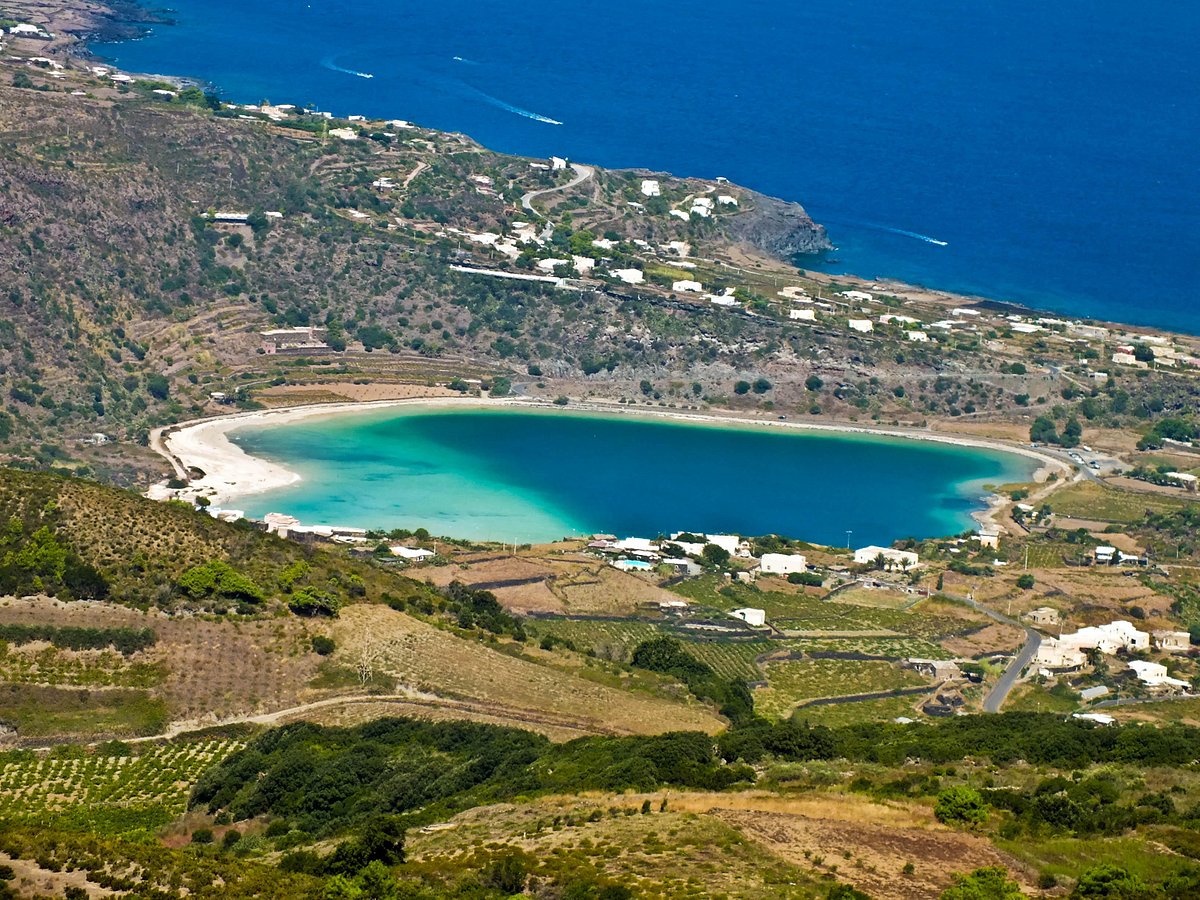
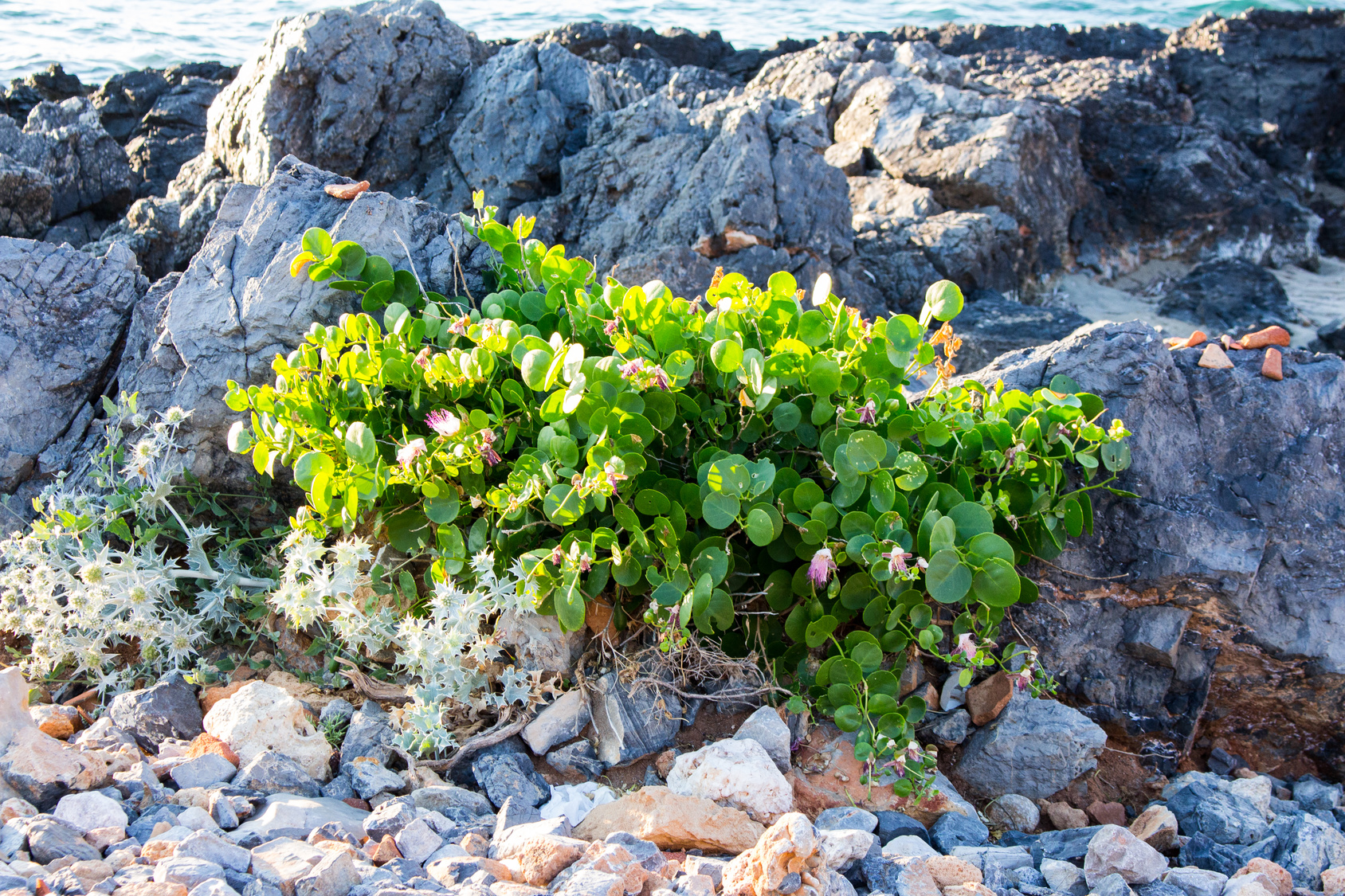
SALINA AND PANTELLERIA, THE CAPER PRODUCERS
HISTORY
The caper grows on a plant that has been cultivated for centuries and centuries, there are even references in the Bible, which speaks of the use of the caper both as a food and as a medicine.
What we are used to eating is the bud, while the fruit of the plant is the cucuncio.
Tradition tells us that the capers, as soon as they are picked, are spread on "jute" cloths to ensure that they dry, and that they are unable to blossom. After which they are salted and transferred to large barrels or barrels. In the days to come they are then transferred from one container to another to prevent the heat from fermenting them.
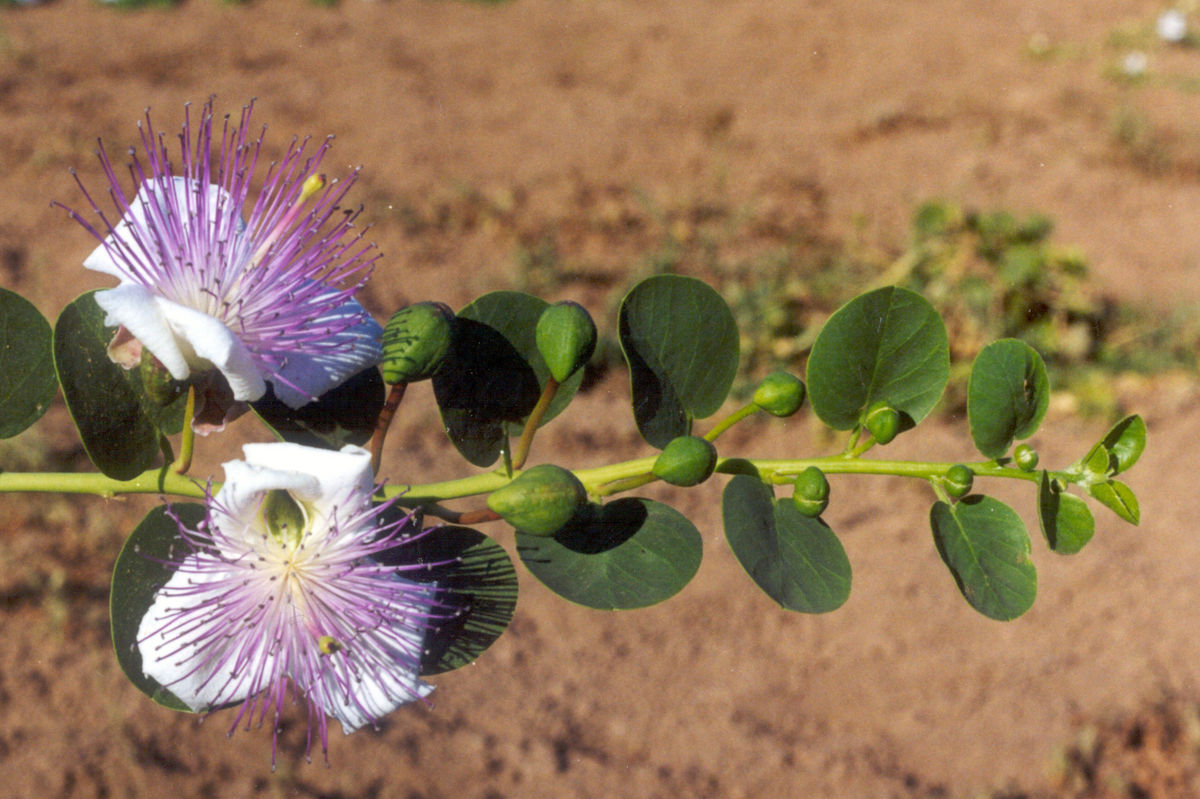
THE DIFFERENCES: THE IGP CAPERS OF PANTELLERIA AND THE DOP CAPERS OF SALINA
- The Caper of Pantelleria boasts the IGP (Protected Geographical Indication) certification. The plant that grows on the island is of the Capparis spinosa species, Nocellara cultivar, a type of caper that is ripened by salting with fresh sea salt, another typical product of that area with the famous Saline di Marsala, Trapani or Mazara del Go ahead. Thanks to a type of soil of volcanic origin, also accentuated by aridity, given the scarce rainfall on the island, the perfect environment is created for the growth of this type of plant, which is a botanical species that needs very little water . The harvest takes place between May and October.
- The Caper of Salina, on the other hand, boasts the DOP (Protected Designation of Origin). Although capers are harvested throughout the Aeolian archipelago (about 700 quintals a year), a large part, indeed about half, come from the island of Salina. The DOP brand, however, would be about to want to increase production, given that the excellence and quality of the product are almost unable to satisfy the market demand
THE PROPERTIES OF THE CAPER
Capers also have very important properties for the body.
Thanks to their active ingredients they have antioxidant, anti-inflammatory and immunoprotective properties, they are in fact an excellent food for those suffering from diabetes, as they reduce blood sugar and improve liver function without affecting the kidneys.
From the bark, anti-rheumatic and diuretic decoctions can also be obtained, while the buds, if they are ground and spread on the skin, can even be used as a whitening mask.
Capers are a product rich in mineral salts, such as calcium and magnesium, and vitamins such as vitamins A, C, E, K.
Source: www.cookist.it
USES
There are many varieties of capers, just as there are many possible uses.
In particular:
- The small capers are perfect as a side dish or to dress salads.
- Medium capers, on the other hand, are the most versatile capers, they are perfect on everything, as a condiment for a perfect caponata, or to accompany meat and fish. Any recipe that calls for capers, medium capers will always do.
- The large capers go very well in cooked dishes, such as in sauces or in second courses of meat or fish. They find their perfect use in being distinguished in pestos, sauces or pates. Like in our Caper and Almond Pesto, or in our Black Olive and Caper sauce. A tip is to use them after having soaked them to desalinate for a few hours by changing the water several times, after which once squeezed they are added in a mixer with extra virgin olive oil and the ingredients you prefer, making an excellent pesto for be spread on a simple bruschetta.








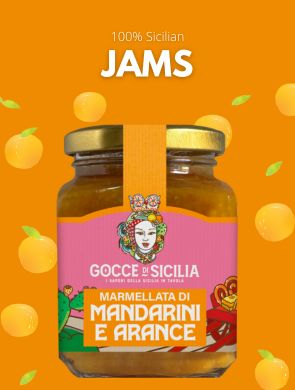
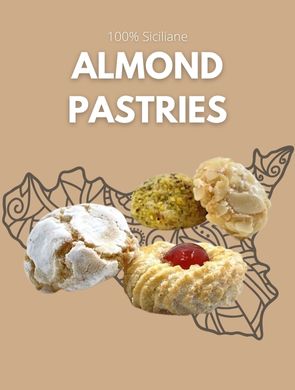
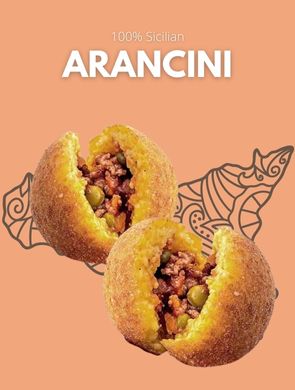

















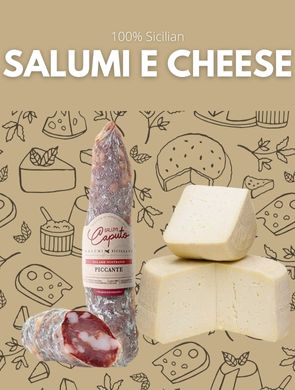

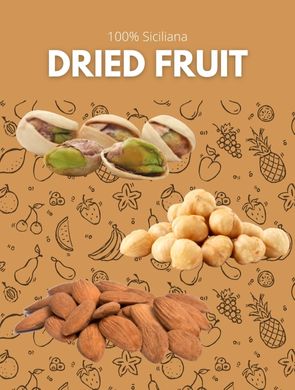
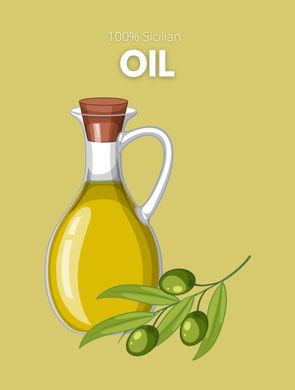
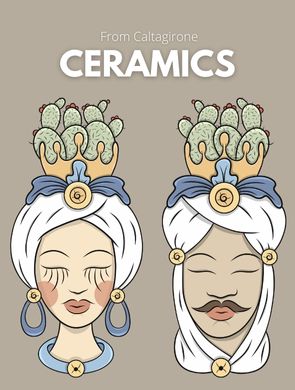
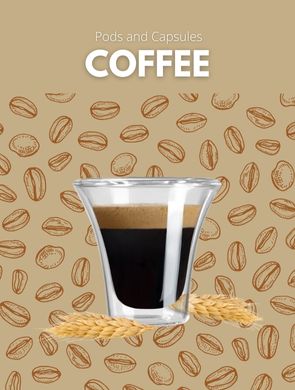




All comments